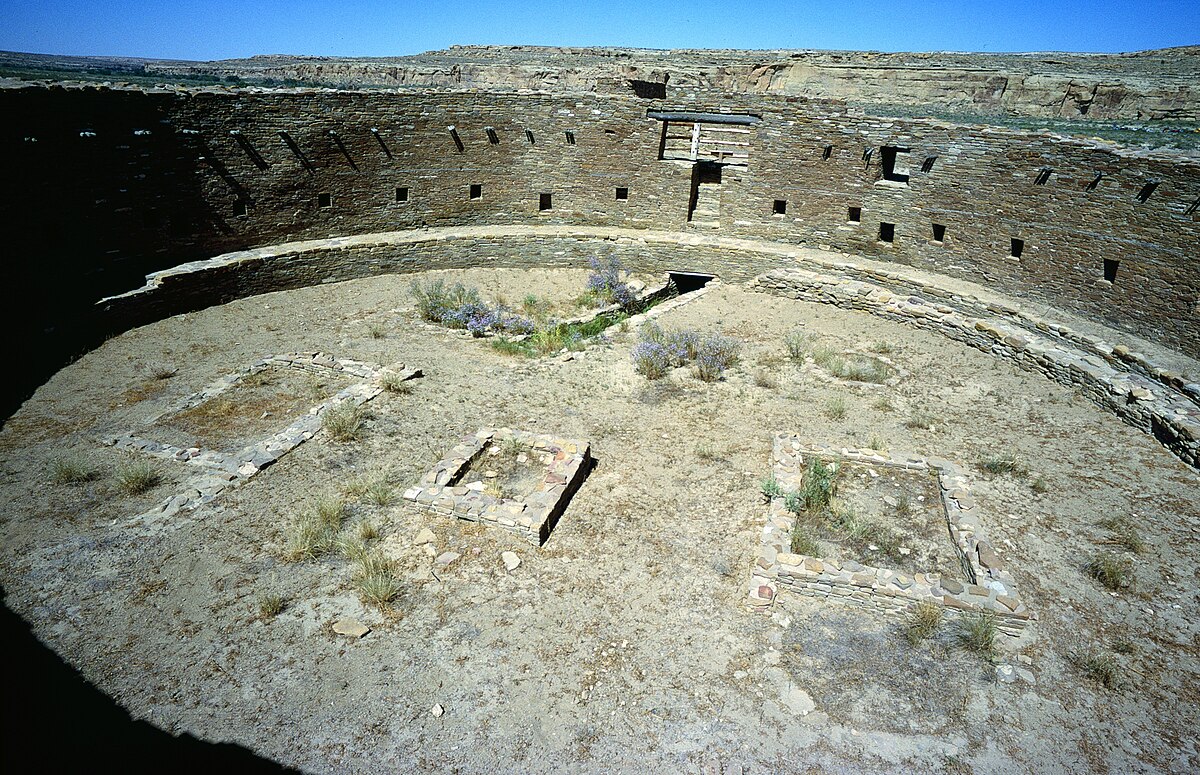Then, monolithic rock structures began to pop up approximately 850 A.D., whereas in the past the Anasazi lived in below ground pit houses. These buildings are known as Great Houses, and they can be found as archeology sites even today at Chaco Canyon National Historic Monument These monuments were actually significant achievements of technology and construction. Formal places called Kivas, and wider varieties called Great Kivas were prominently featured in The complexes labeled as Great Houses. For around three hundred, Chaco Canyon National Historic Monument was around as a national meeting place, until incidents and issues guided the inhabitants to travel. There's every chance a multiple of societal conditions, climate, and or evolving rainfall amounts contributed to the residents abandoning the Chaco zone. The fascinating historical past of the American S.W. came to a head approximately 950 AD to 1150 A.D. in the windswept land of northwestern New Mexico.
To discover significantly more regarding this mystical destination, you can start out by interacting with this interesting news related to the time period.
